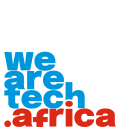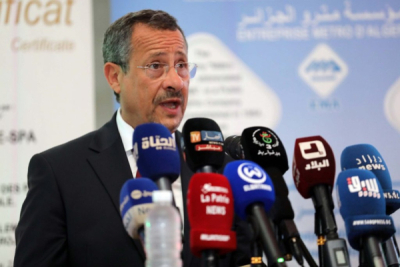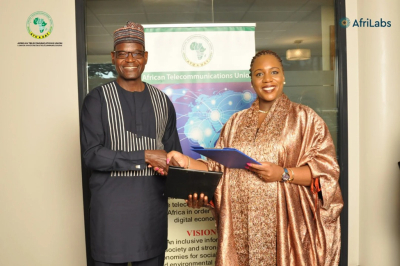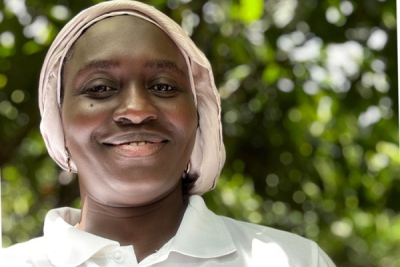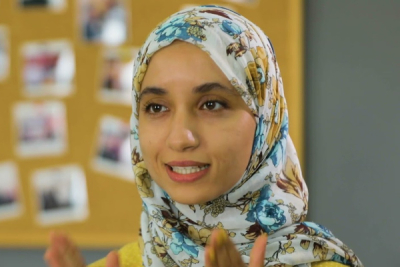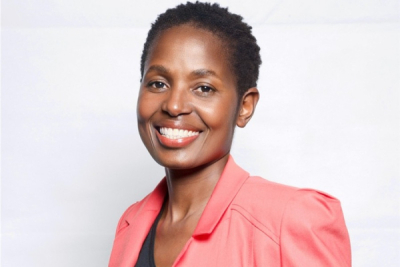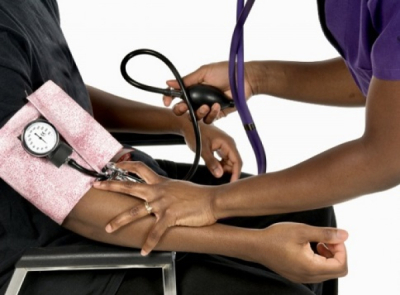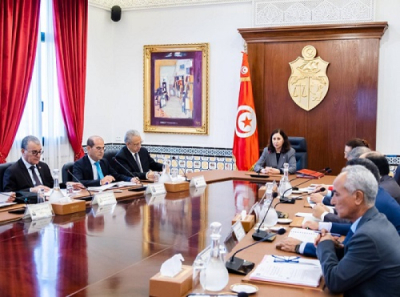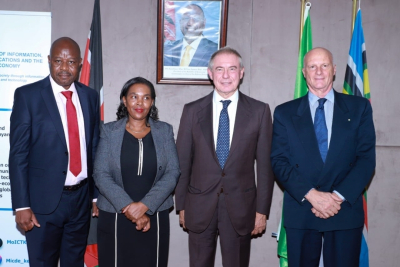In fifteen years, technological advances have reshaped the telecom and digital markets in Africa, creating both opportunities and challenges. However, the inadequacy of regulations hinders harmonious growth, limiting the sector’s full potential and its economic impact.
In 2024, ten African countries reached the highest level of regulatory maturity in the field of information and communication technologies (ICT) and digital governance. Among them, Burkina Faso and Senegal joined the G3 category, alongside several countries from Europe, America, and Asia. This level corresponds to a regulatory ecosystem conducive to investment, innovation, and universal access. On its platform https://app.gen5.digital/, consulted on June 3, 2024, the International Telecommunication Union (ITU) reveals that they are now just a few points away from the G4 level, the highest, which characterizes integrated regulation aligned with economic and social development goals.
Top 10 African countries with the best ICT regulatory ecosystem
|
No. |
Country |
Points 2024 |
Level 2024 |
Points 2023 |
Level 2023 |
|
1 |
Kenya |
93 |
G4 |
71.91 |
G3 |
|
2 |
Nigeria |
92 |
G4 |
64.81 |
G2 |
|
3 |
South Africa |
88 |
G4 |
69.29 |
G2 |
|
4 |
Malawi |
87.50 |
G4 |
59.57 |
G2 |
|
5 |
Egypt |
87 |
G4 |
69.29 |
G2 |
|
6 |
Rwanda |
85.67 |
G4 |
63.58 |
G2 |
|
7 |
Morocco |
85.50 |
G4 |
58.49 |
G2 |
|
8 |
Uganda |
85 |
G4 |
55.56 |
G2 |
|
9 |
Burkina Faso |
84 |
G3 |
48.77 |
G2 |
|
10 |
Senegal |
82.67 |
G3 |
50 |
G2 |
Source: ITU
In its G5 framework, the ITU ranks 193 countries according to four levels of regulatory maturity, assessed through 70 indicators grouped into four pillars: national collaborative governance; policy design principles; digital development tools; political agenda for the digital economy. The index, scored out of 100 points, distinguishes four levels of regulatory maturity:
- G1 (limited): 0–40 points – Monopolistic markets, authoritarian approach
- G2 (intermediate): 40–70 points – Partial liberalization and privatization
- G3 (advanced): 70–85 points – Environment conducive to innovation and competition
- G4 (leader): 85–100 points – Harmonized regulation, driver of digital transformation
Progress, but not enough
Between 2023 and 2024, African countries made significant progress in their ICT regulation. The Covid-19 pandemic acted as a catalyst, revealing as early as 2020 the urgency of digital transformation but also the regulatory gaps to be filled, particularly in spectrum management reform and digital services taxation.
The results are visible today. Most African countries ranked G1 and G2 in 2023 have moved up to G3. Only three countries still show a very low level of regulatory maturity, a sign of positive momentum.
Although this evolution is commendable, it still falls short of the targets set by the ITU: achieving G4 level for the majority, to ensure a digital economy that serves the continent's socio-economic development. To achieve this, it is imperative to invest in institutional capacities, strengthen regional cooperation, and adopt inclusive policies so that digital benefits everyone.
By Muriel EDJO,
Editing by Sèna D. B. de Sodji
Ranking of African countries
|
No. |
Country |
Points 2024 |
Level 2024 |
Points 2023 |
Level 2023 |
|
11 |
Liberia |
82.33 |
G3 |
41.82 |
G2 |
|
12 |
Botswana |
82 |
G3 |
55.09 |
G2 |
|
13 |
Tanzania |
81.67 |
G3 |
55.25 |
G2 |
|
14 |
Ghana |
81 |
G3 |
64.20 |
G2 |
|
15 |
Mauritius |
80.50 |
G3 |
62.81 |
G2 |
|
16 |
Seychelles |
79.50 |
G3 |
20.37 |
G1 |
|
17 |
Eswatini |
79 |
G3 |
48.92 |
G2 |
|
18 |
Zambia |
78.33 |
G3 |
49.07 |
G2 |
|
19 |
Guinea |
76.33 |
G3 |
33.80 |
G1 |
|
20 |
Tunisia |
75.83 |
G3 |
39.35 |
G1 |
|
21 |
Angola |
75.67 |
G3 |
28.55 |
G1 |
|
22 |
Cameroon |
75.67 |
G3 |
38.27 |
G1 |
|
23 |
Sudan |
75.50 |
G3 |
59.10 |
G2 |
|
24 |
Comoros |
74.17 |
G3 |
30.56 |
G1 |
|
25 |
Cape Verde |
74 |
G3 |
50 |
G2 |
|
26 |
Côte d'Ivoire |
74 |
G3 |
50 |
G2 |
|
27 |
Gambia |
72.67 |
G3 |
41.36 |
G2 |
|
28 |
São Tomé and Príncipe |
72.67 |
G3 |
27.62 |
G1 |
|
29 |
Togo |
71.67 |
G3 |
43.83 |
G2 |
|
30 |
Lesotho |
70.50 |
G3 |
28.86 |
G1 |
|
31 |
Mozambique |
70.50 |
G3 |
22.22 |
G1 |
|
32 |
Zimbabwe |
70.33 |
G3 |
56.94 |
G2 |
|
33 |
Benin |
70 |
G3 |
67.59 |
G2 |
|
34 |
DR Congo |
70 |
G3 |
41.82 |
G2 |
|
35 |
Namibia |
68.67 |
G2 |
34.88 |
G1 |
|
36 |
Niger |
68 |
G2 |
40.59 |
G2 |
|
37 |
Mali |
67 |
G2 |
44.91 |
G2 |
|
38 |
Algeria |
66 |
G2 |
50.93 |
G2 |
|
39 |
Mauritania |
66 |
G2 |
44.29 |
G2 |
|
40 |
Gabon |
64 |
G2 |
29.78 |
G1 |
|
41 |
Sierra Leone |
61.17 |
G2 |
38.27 |
G1 |
|
42 |
Burundi |
60.67 |
G2 |
26.70 |
G1 |
|
43 |
Chad |
58.67 |
G2 |
41.36 |
G2 |
|
44 |
Central African Rep. |
53.50 |
G2 |
26.54 |
G1 |
|
45 |
South Sudan |
53.17 |
G2 |
||
|
46 |
Ethiopia |
52 |
G2 |
50.62 |
G2 |
|
47 |
Somalia |
50.50 |
G2 |
22.22 |
G1 |
|
48 |
Guinea-Bissau |
50.33 |
G2 |
26.85 |
G1 |
|
49 |
Equatorial Guinea |
50 |
G2 |
17.59 |
G1 |
|
50 |
Eritrea |
14 |
G1 |
8.33 |
G1 |
|
51 |
Libya |
12.67 |
G1 |
3.70 |
G1 |
|
52 |
Djibouti |
4.50 |
G1 |
23.15 |
G1 |
Source: ITU
Regulatory Maturity Categories (ITU G5 Framework):
- G1 (limited): 0–40 points
- G2 (intermediate): 40–70 points
- G3 (advanced): 70–85 points
- G4 (leader): 85–100 points
